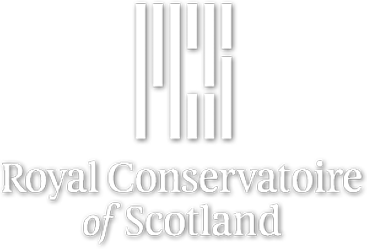The Object as Witness
Research output: Contributions to conferences › Paper › peer-review
Contributors
About
In Lectures on Literature, Vladimir Nabokov warns us that there is no possible reading, only re-reading. Psychoanalysis, on the other hand, places emphasis on misreading and takes as its text those things that others discard: dreams, slips of the tongue, forgetting, unintended acts, symptoms. So, how is one to read?
The collaborative piece we propose is a version of the text we performed, with projected images, at the Material Culture in Action conference (Glasgow School of Art, September 2015). Rooted in written conversation, it reflects on the object ‘as witness’, taking as a starting point the archaeological archive left by Bowen’s father. Now collapsing, the archive space is both a repository of archaeological material intended for posterity, and also the intimate trace of a life.
Through acts of reading, we engage with the materiality of the immaterial, and its effects on the body. The work we offer embodies a material characteristic (the properties of objects) and an immaterial dimension (in particular, the paternal object). Here the object can be mutable, and also protean. Initially it is a conversation, an emailed dialogue (300-words per message), a performed text. We once called it an ‘exquisite corpse’. Cadavre exquis. Rotating body.
Carried within this are the objects of that conversation. Artefacts, connectors with lost histories. Jules David Prown (1982) suggests that ‘objects created in the past are the only historical occurrences that continue to exist in the present’. Is it possible to think of an artefact (object) therefore as a ‘historical occurrence’ or, in line with Diana Taylor, a ‘moment of embodied practice … staging histories’ (2003)?
In the context of this question we take the page as a space of performance, proposing to enact, through text and image, a particular archive that reveals itself through the witness of each object. Archived by memory, the object is mediated in different ways and, within this framework, we reference Taylor’s proposal for the repertoire that performs the remembered object.
References
Nabokov, V., ‘Good Readers and Good Writers’, in Lectures on Literature, ed. by Fredson Bowers, Orlando, FL: Harcourt Brace & Co., 1980, pp. 1–6.
Prown J.D., ‘Mind in Matter: An Introduction to Material Culture Theory and Method’, Winterthur Portfolio, Vol. 17, No. 1 (Spring, 1982), pp. 1–19.
Taylor D., The Archive and the Repertoire, Duke University Press, US and London: 2003.
Details
| Original language | English |
|---|---|
| Publication status | Published or Performed - 7 Sept 2015 |
| Event | Material Culture in Action: Practices of making, collecting and re-enacting art and design - The Glasgow School of Art, Glasgow, United Kingdom Duration: 7 Sept 2015 → 8 Sept 2015 https://materialculturegsa.wordpress.com |
Conference
| Conference | Material Culture in Action |
|---|---|
| Country/Territory | United Kingdom |
| City | Glasgow |
| Period | 7/09/15 → 8/09/15 |
| Internet address |
